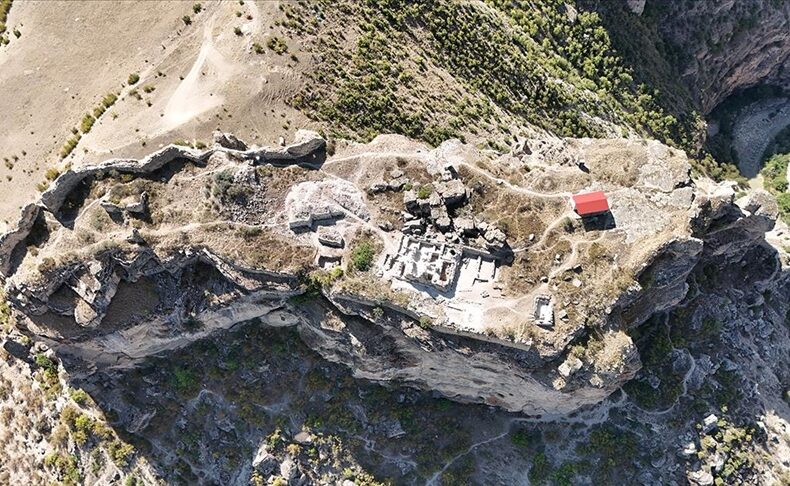
Archaeologists Identify the Burial Chamber of Georgian King Ashot the Great at Gevhernik Castle
Archaeologists working at Gevhernik Castle in Ardanuç, northeastern Türkiye, have identified a vaulted burial chamber beneath the apse of the Church of Saints Peter and Paul, believed to be the long-lost tomb of Georgian King Ashot I (Ashot the Great, Kuropalates) — a pivotal ruler in the formation of medieval Georgia.
The discovery provides the first archaeological confirmation of historical accounts describing the king’s burial at Artanuji, today’s Ardanuç.
A medieval ruler’s tomb rediscovered
The excavation, carried out under the auspices of the Turkish Ministry of Culture and Tourism and Van Yüzüncü Yıl University, focuses on the inner fortress area and the remains of the Church of Saints Peter and Paul.
According to excavation director Dr. Osman Aytekin, the team uncovered a 2-meter-long and 1.8-meter-wide chamber roofed with a stone vault, located directly beneath the church’s apse.
“Medieval Georgian sources mention that King Ashot was buried in this very church,” Dr. Aytekin said.
“The architectural position and structure of the chamber correspond perfectly with those accounts. Scientifically, we can now confirm the burial place of Ashot the Great on behalf of Turkish archaeology.”
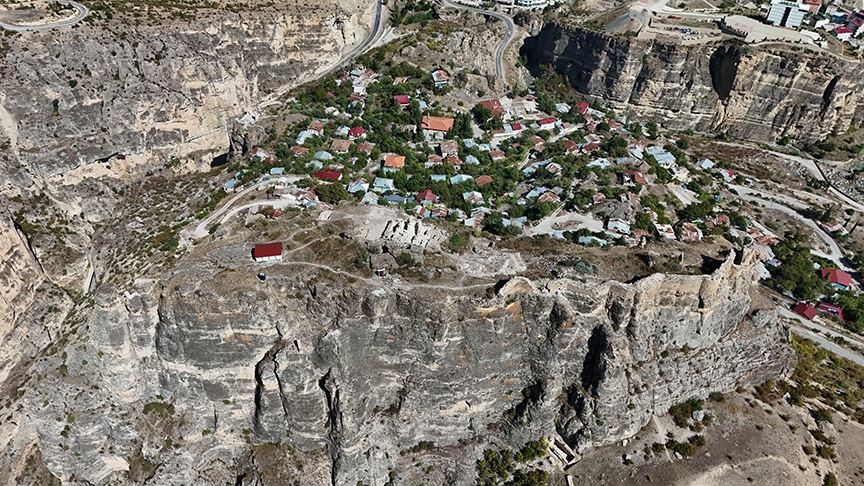
Although no human remains were found inside, the chamber’s location and construction align precisely with medieval descriptions of the royal tomb.
A kitchen complex, cisterns, and Byzantine coins
In addition to the burial chamber, archaeologists unearthed a communal kitchen (tandoor house) and extensive cistern systems suggesting a significant resident population within the fortress.
Two cisterns have been fully excavated, and work continues on a third.
Among the portable finds are an early 11th-century Byzantine coin, ceramic fragments, and stone and metal projectiles.
All artifacts will be delivered to the Artvin Museum at the end of the excavation season.
📣 Our WhatsApp channel is now LIVE! Stay up-to-date with the latest news and updates, just click here to follow us on WhatsApp and never miss a thing!!
From a 5th-century stronghold to a royal center
Originally built in the 5th century CE, Gevhernik Castle was expanded and fortified in the 9th century by King Ashot I, who transformed it into a royal and administrative hub of the Bagratid Kingdom.
Archaeological evidence indicates that royal and administrative elites lived within the inner citadel, while merchants and wealthy citizens occupied the walled lower town, which also contained a bathhouse, shrines, and fountains.
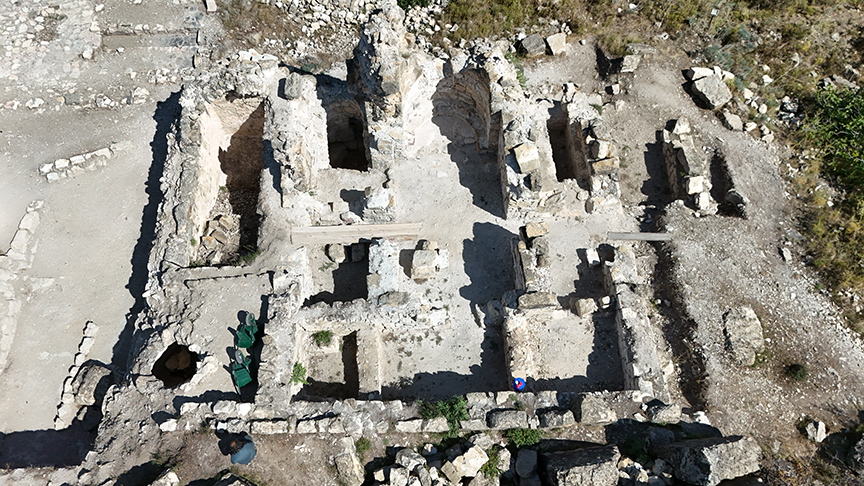
According to Dr. Aytekin, excavations are expected to continue for at least five more years, after which Gevhernik is projected to become one of the most significant cultural heritage and tourism centers in the Eastern Black Sea region.
Aligning archaeology with medieval chronicles
King Ashot I (Kuropalates) is regarded as the founder of the medieval Georgian state of Tao-Klarjeti.
The 11th-century Georgian chronicle “Kartlis Tskhovreba” explicitly states that Ashot was buried in the Church of Saints Peter and Paul in Artanuji — today’s Ardanuç.
The newly discovered vaulted chamber beneath the apse corresponds exactly with this description, providing the first in situ evidence supporting the historical narrative.
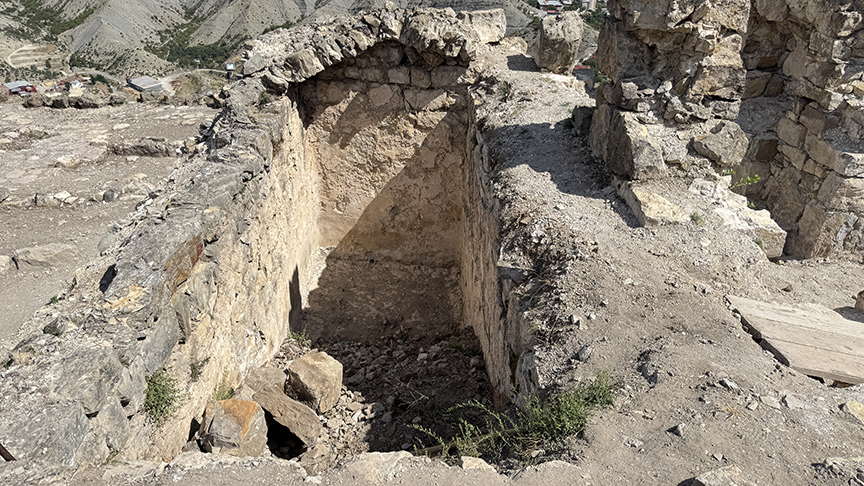
Monumental masonry under scrutiny
Team member Dr. Turgay Beyaz from Pamukkale University’s Faculty of Engineering noted that the castle walls incorporate monolithic stones weighing up to 10 tons, all sourced from local quarries.
“The scale and precision of the masonry demonstrate advanced engineering and deliberate material selection,” he said.
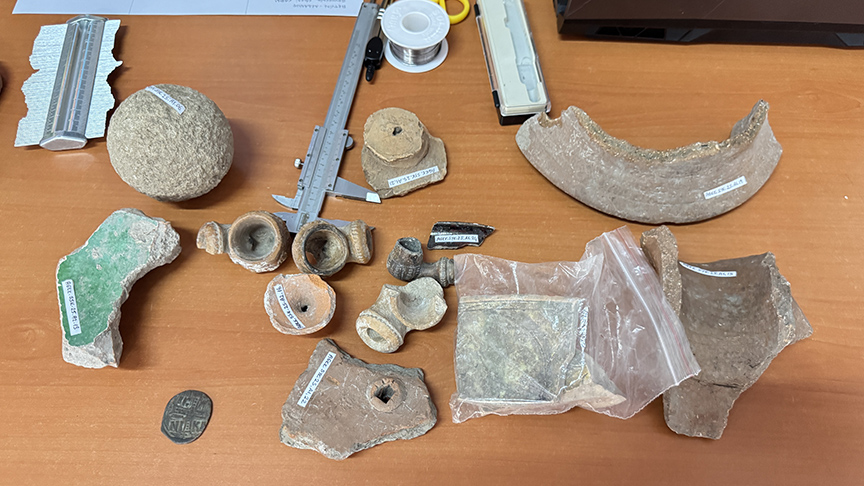
A discovery rewriting regional history
The identification of Ashot the Great’s burial chamber marks a milestone for both Turkish and Georgian medieval archaeology.
It bridges written history with material evidence, reaffirming Ardanuç’s role as a political and spiritual capital in the 9th century.
Even without physical remains, the chamber’s discovery anchors centuries of historical tradition within a verified archaeological context.
Cover Photo: Aerial view of Gevhernik Castle in Ardanuç, Artvin — the excavation site where archaeologists identified a vaulted burial chamber beneath the apse of the Church of Saints Peter and Paul, believed to be the tomb of King Ashot the Great. Credit: Yusuf Okur/AA
You may also like
- A 1700-year-old statue of Pan unearthed during the excavations at Polyeuktos in İstanbul
- The granary was found in the ancient city of Sebaste, founded by the first Roman emperor Augustus
- Donalar Kale Kapı Rock Tomb or Donalar Rock Tomb
- Theater emerges as works continue in ancient city of Perinthos
- Urartian King Argishti’s bronze shield revealed the name of an unknown country
- The religious center of Lycia, the ancient city of Letoon
- Who were the Luwians?
- A new study brings a fresh perspective on the Anatolian origin of the Indo-European languages
- Perhaps the oldest thermal treatment center in the world, which has been in continuous use for 2000 years -Basilica Therma Roman Bath or King’s Daughter-
- The largest synagogue of the ancient world, located in the ancient city of Sardis, is being restored

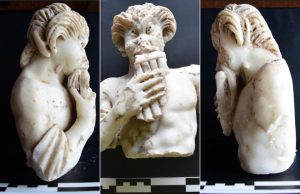
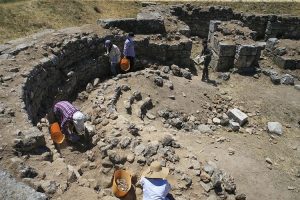
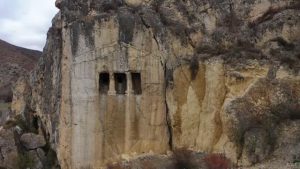
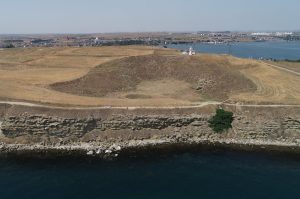
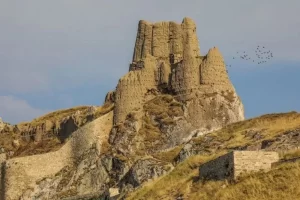
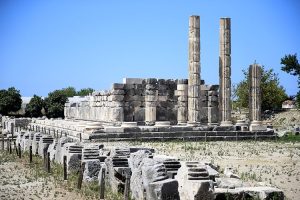
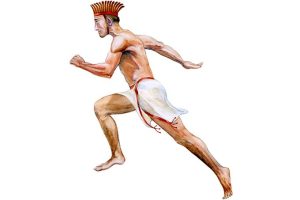

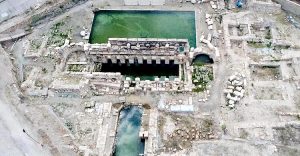
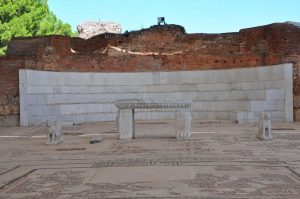
Leave a Reply